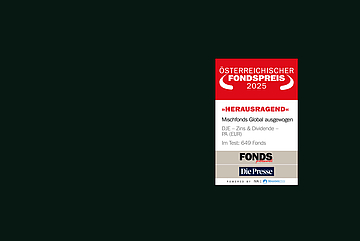India on its way to becoming a global economic power
11. July 2025In recent decades, India has developed into one of the fastest growing economies in the world. With its young population, increasing urbanization and digitalization, the country continues to offer economic growth opportunities. Since 2003, the Indian…












